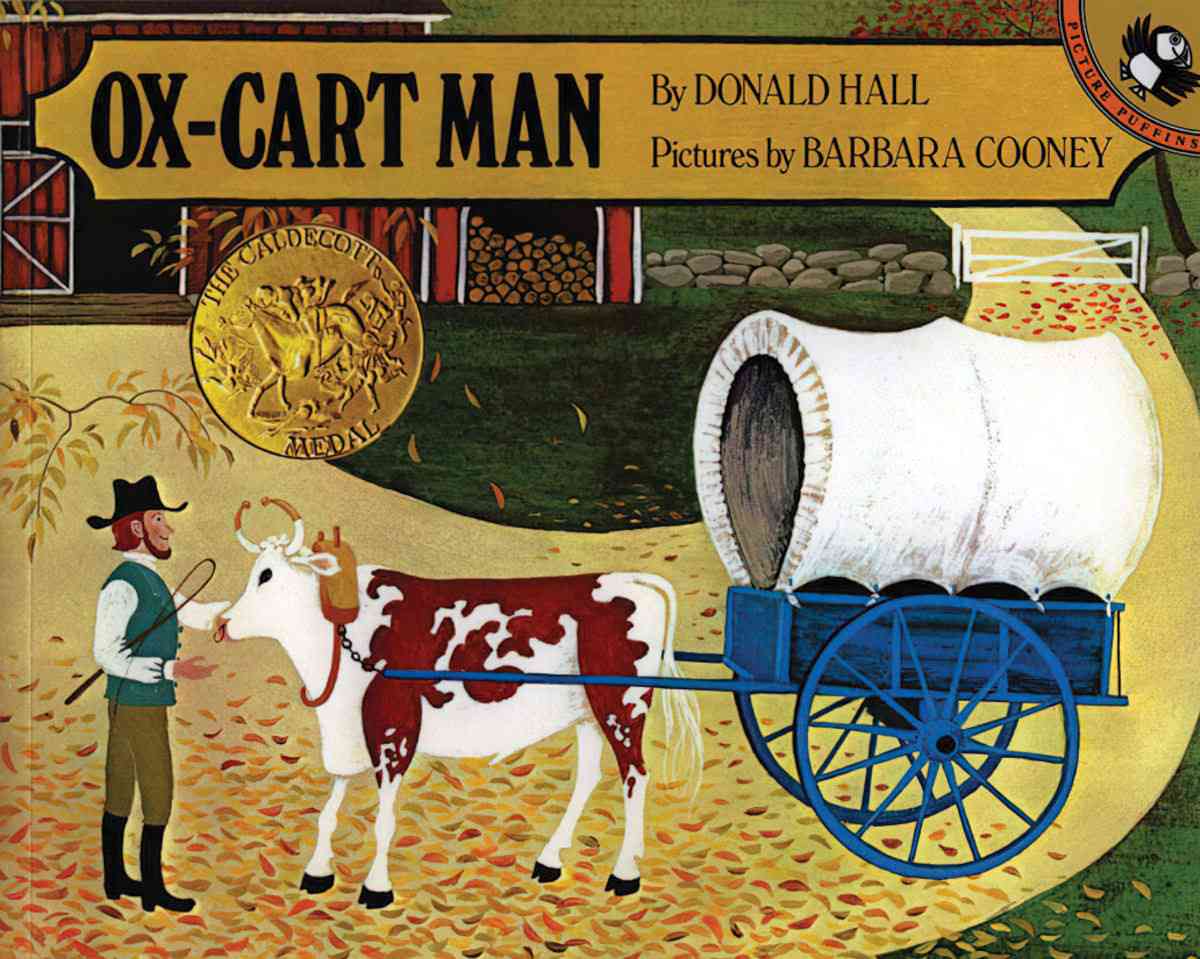-
Gila Monsters Meet You at the Airport by Marjorie Weinman Sharmat and Byron Barton Analysis
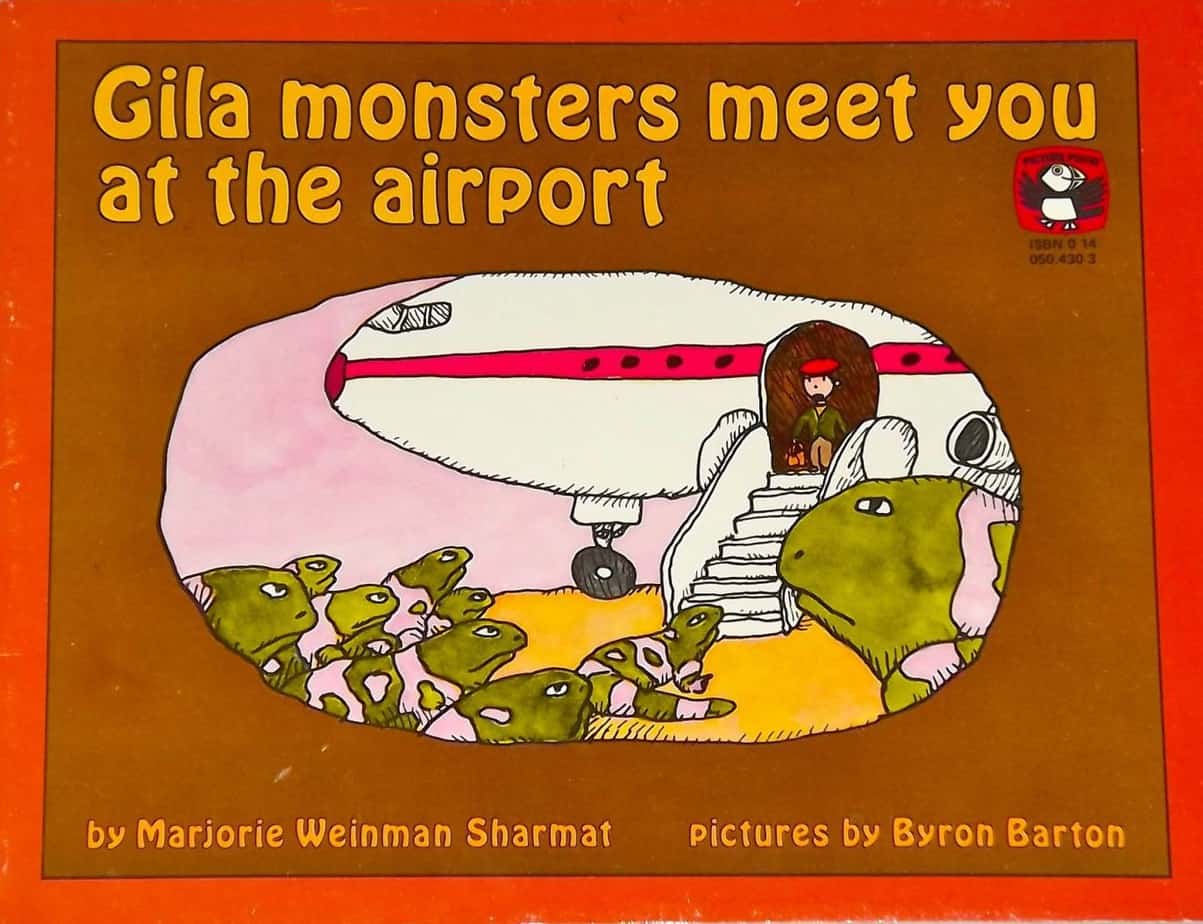
Gila Monsters Meet You at the Airport (1980) is an American picture book written by Marjorie Weinman Sharmat and illustrated by Byron Barton.
-
Bringing the Rain to Kapiti Plain by Aardema and Vidal Analysis
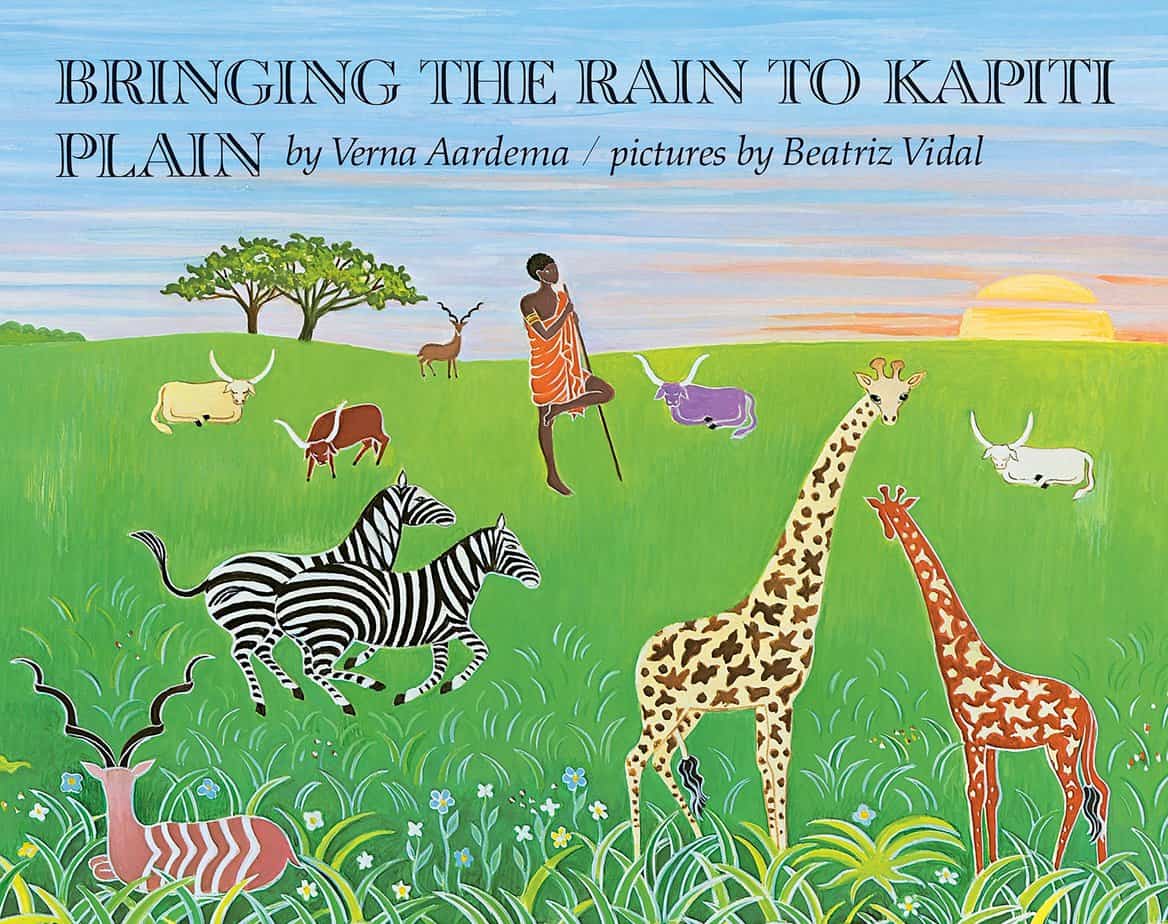
Bringing the Rain to Kapiti Plain (1981) is a cumulative picture book written by Verna Aardema and illustrated by and Beatriz Vidal. The rhyming scheme borrows from the well-known childhood rhyme, “This is the house that Jack built“. Vidal’s illustrations have a folktale vibe about them, partly due to those nice white outlines reminiscent of […]
-
Tight Times by Shook Hazen and Schart Hyman Analysis
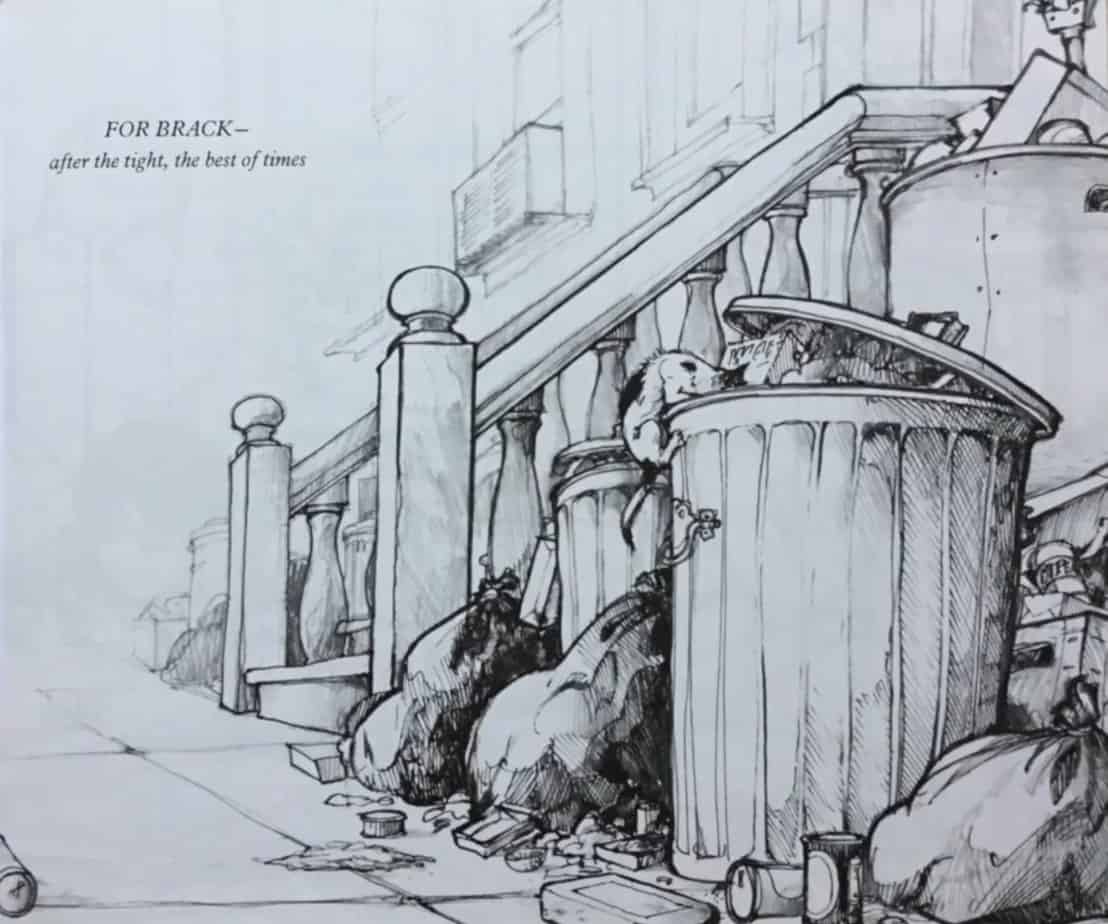
Tight Times (1979) is an American picture book written by Barbara Shook Hazen and illustrated in graphite pencil by Trina Schart Hyman. Tight Times also happens to be the first ever picture book read by LeVar Burton on America’s Reading Rainbow series back in 1983. I can see why they chose it. This short picture […]
-
Ty’s One-Man Band by Pitts Walter and Tomes Analysis
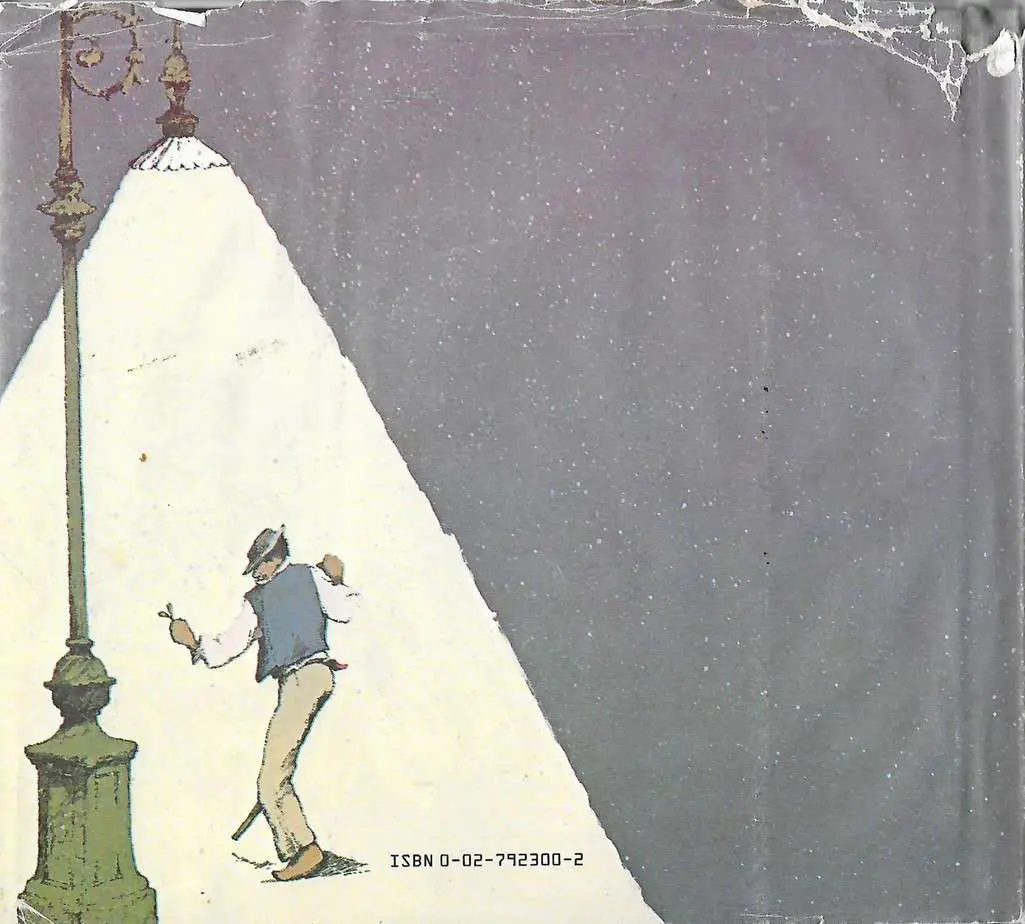
Ty’s One-Man Band (1980) is a picture book written by Mildred Pitts Walter and illustrated by Margot Tomes. This is a good mentor text if you’re writing a picture book with plenty of rhythmic onomatopoeia. If reading to modern kids, they might find this slow, quiet picture book a bit more exciting if encouraged to […]
-
The Day Jimmy’s Boa Ate the Wash by Hakes Noble and Kellogg Analysis
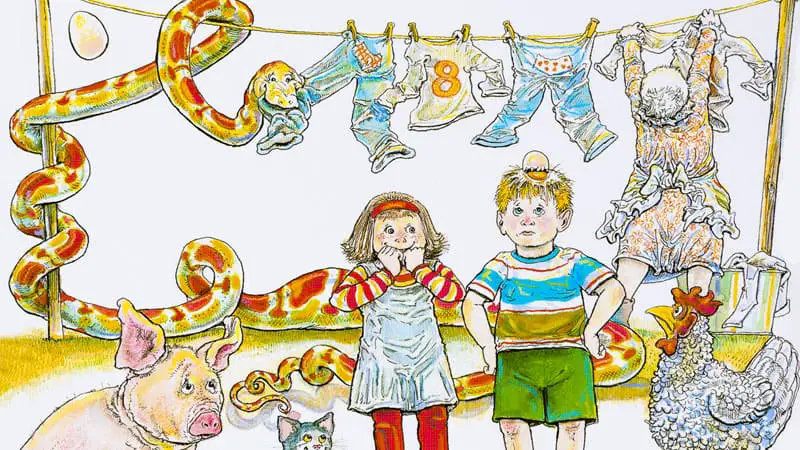
The Day Jimmy’s Boa Ate the Wash (1980) is a carnivalesque, cumulative picture book written by Trinka Hakes Noble and illustrated by Steven Kellogg. This picture book is a great mentor text for the way it handles dialogue visually, and also for the way the ironic distance between text and image expands at the end, […]
-
Arthur’s Eyes by Marc Brown Analysis
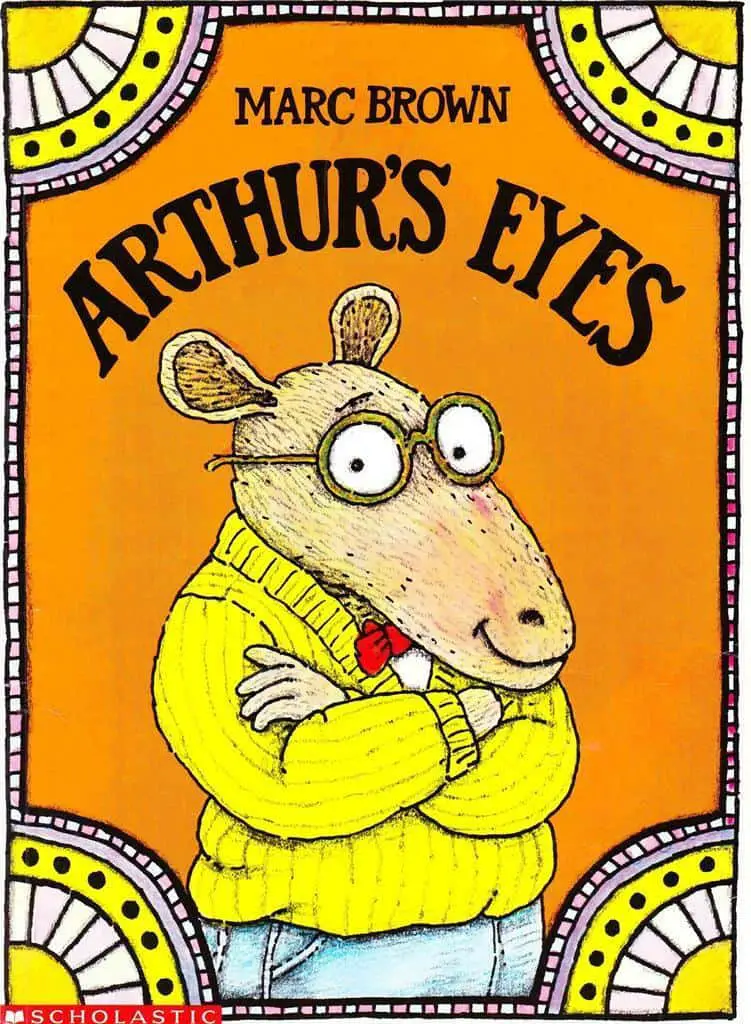
Arthur’s Eyes (1979) by Marc Brown is an early story of the popular Arthur series, about an ambiguously animal creature (only after looking it up do I understand he’s a brown aardvark) who lives with his nuclear family in an American suburb. This is a well-crafted story and really speaks to its young audience. The […]
-
White Outlines in Illustration
When illustrators use white outlines instead of the standard black, or near black, this conveys the look and feel of a traditional woodcut (or linocut) artwork. Since folk artists commonly used woodcuts to create their art, white outlines are therefore associated with folk art.
